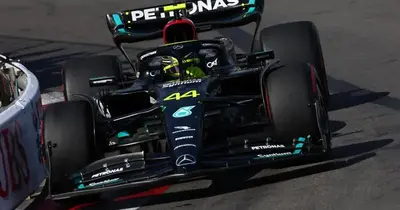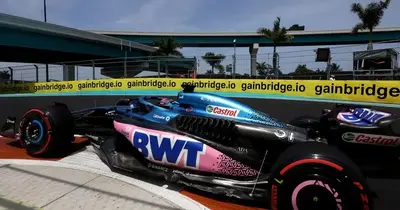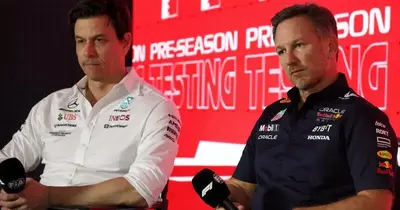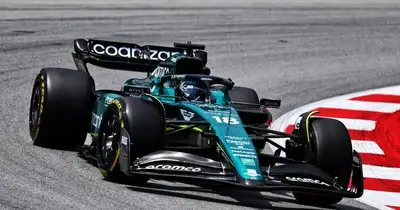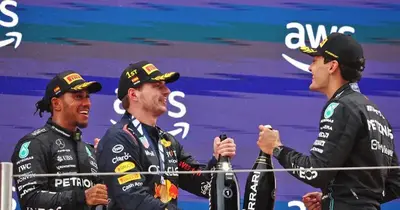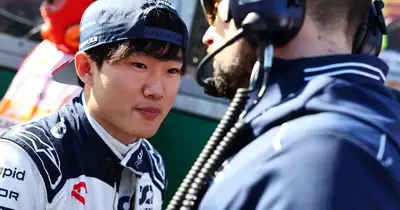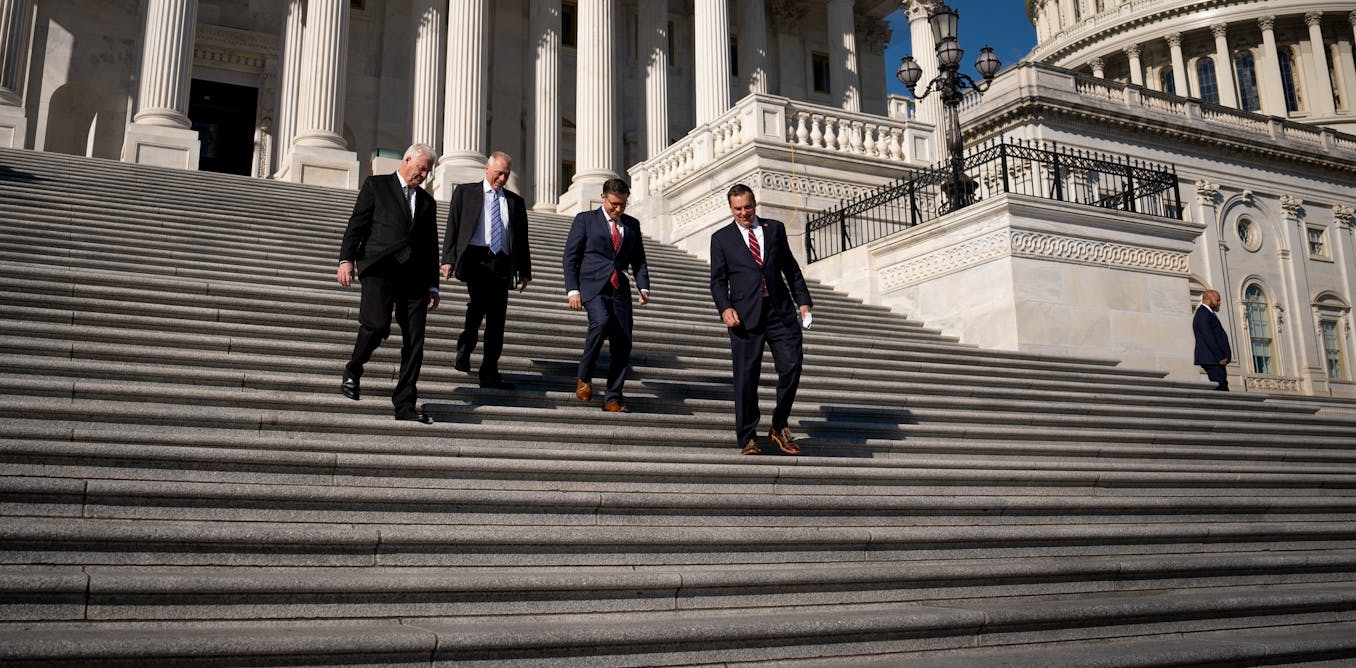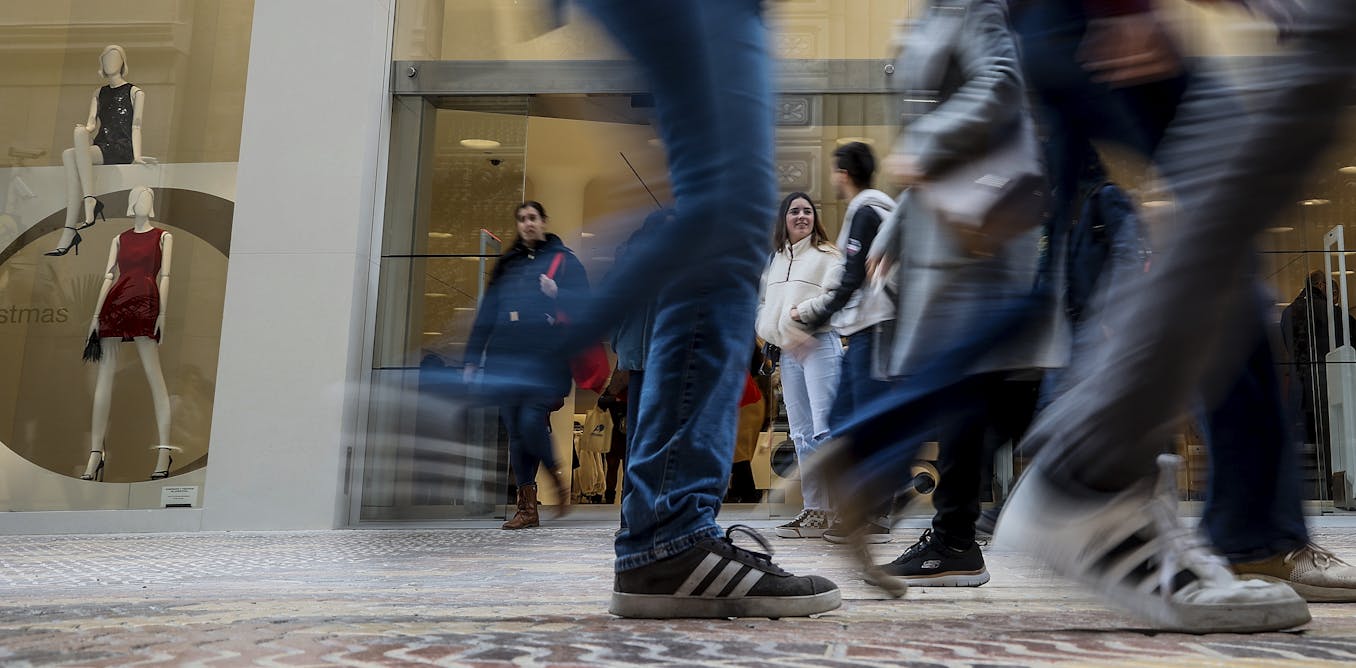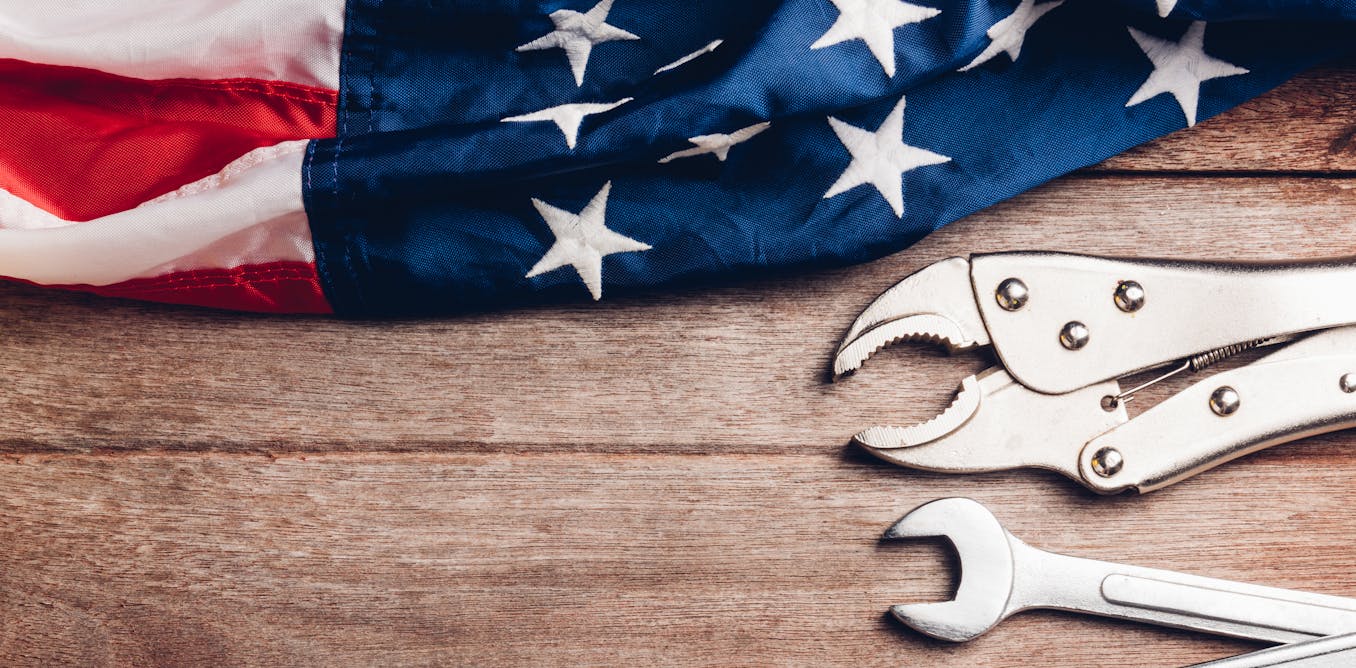F1 News
What happens at an F1 seat fit?
Formula 1 seats are not like the ones you get in your everyday road car.
Whereas these are designed to accommodate all types of driver, an F1 seat is bespoke to the driver down to every last millimetre.
This is to ensure that the driver can feel everything that is going on with the car while out on track, meaning that their feedback to engineers is accurate.
During the off-season, the drivers will go to their teams' factories to have new seat moulds for their 2023 cars, with both George Russell and Logan Sargeant already completing theirs.
Sargeant – who will join fellow rookies Oscar Piastri and Nyck de Vries on the grid in 2023 – completed his first seat fit with the Williams team recently.
How are F1 seat fits carried out?
The teams use expanding foam while the driver is sat in the chassis. Once that has been poured into the cockpit, it is moulded to the shape of the driver's back.
"I had to do a couple of pours to get it right, I wasn't completely happy with the first one but the second one went really well," said Sargeant.
"I was super comfortable and all-square in the position I want to be. That will go off to get scanned and hopefully she fits good when I get out on track."
Once the mould is set, the driver will make various adjustments, before it is sent off to be replicated in a Computer-aided Design (CAD) model.
From there the teams will make a prototype from carbon fibre, modified to fit the various safety systems including the seat belts and the HANS frontal head restraint device.
-
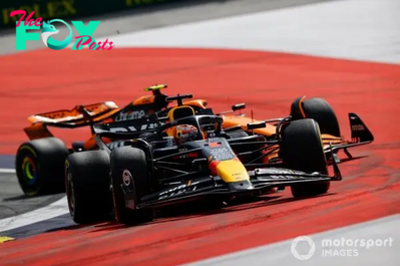
 F1 News4m ago
F1 News4m agoVerstappen just proved again he hasn’t changed, or matured, since F1 2021
-

 F1 News4m ago
F1 News4m agoWolff says Austrian GP radio message to Russell the "dumbest" thing he has done in F1
-
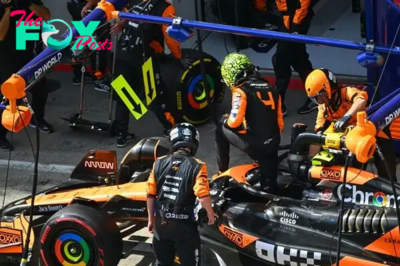
 F1 News4m ago
F1 News4m agoNorris: Will "lose respect" for Verstappen if he ducks blame for Austria F1 clash
-

 F1 News4m ago
F1 News4m ago2024 F1 Austrian GP results: Russell wins as Verstappen, Norris clash
-
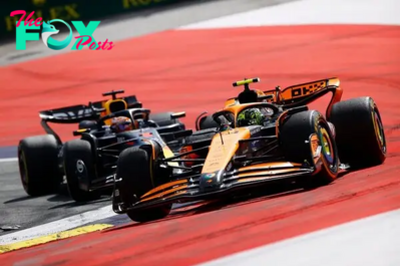
 F1 News4m ago
F1 News4m agoRed Bull regrets not warning Verstappen about Norris investigation in Austrian GP
-

 F1 News4m ago
F1 News4m agoRussell "almost crashed" with Wolff's F1 Austrian GP radio call to arms
-
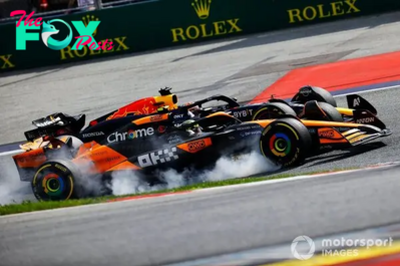
 F1 News4m ago
F1 News4m agoStella: Verstappen/Norris Austrian GP clash caused by unpunished 2021 F1 moves
-
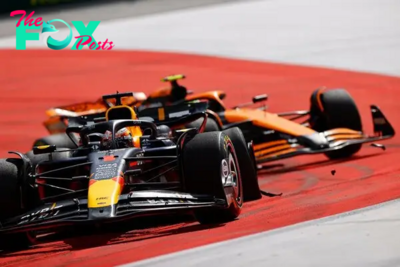
 F1 News4m ago
F1 News4m agoVerstappen denies aggression, moving under braking in Norris Austria crash
